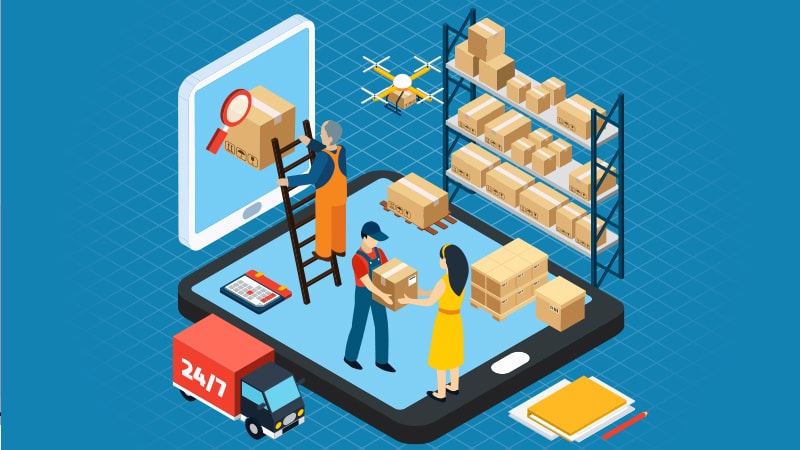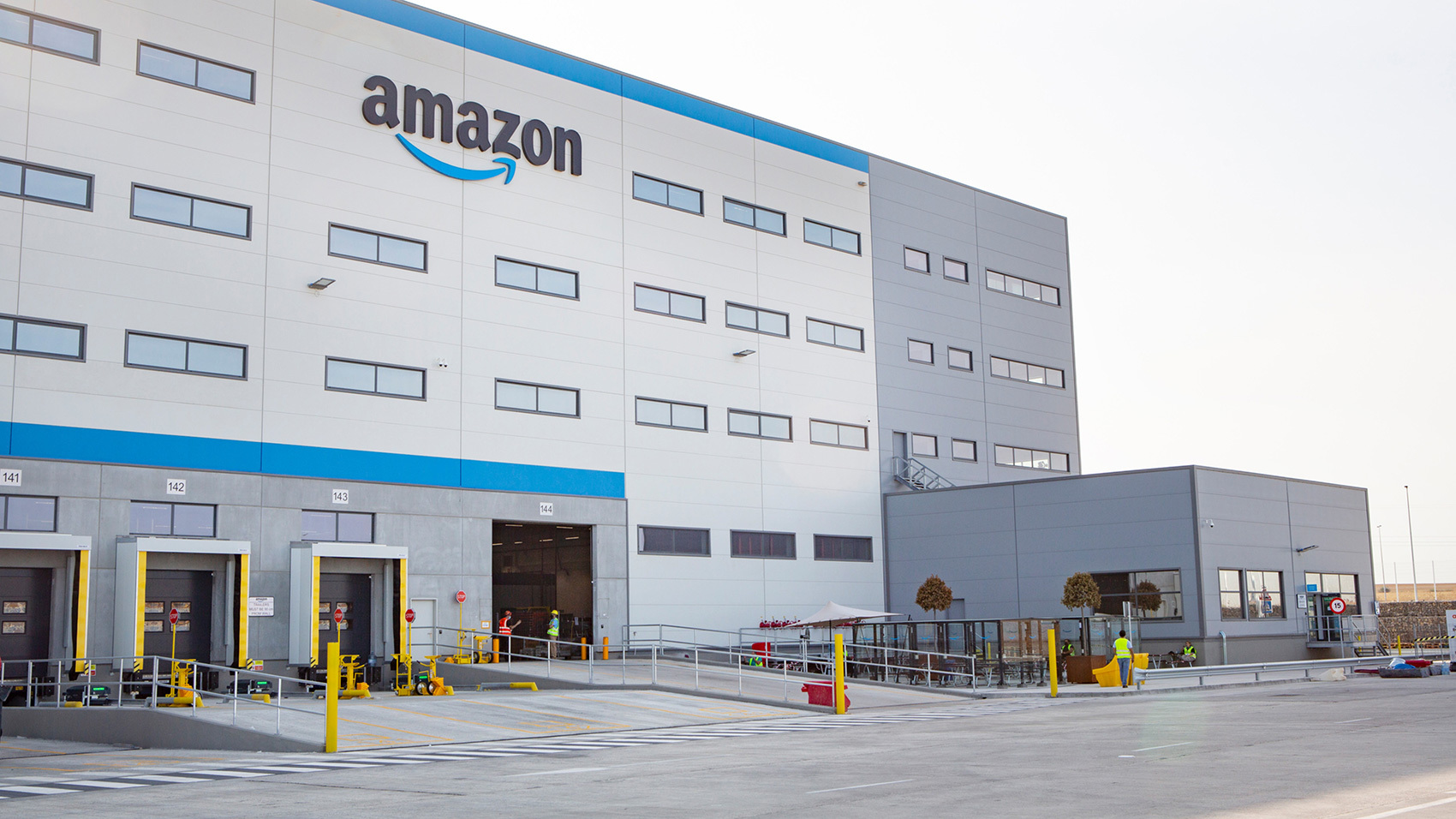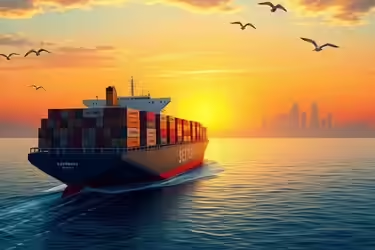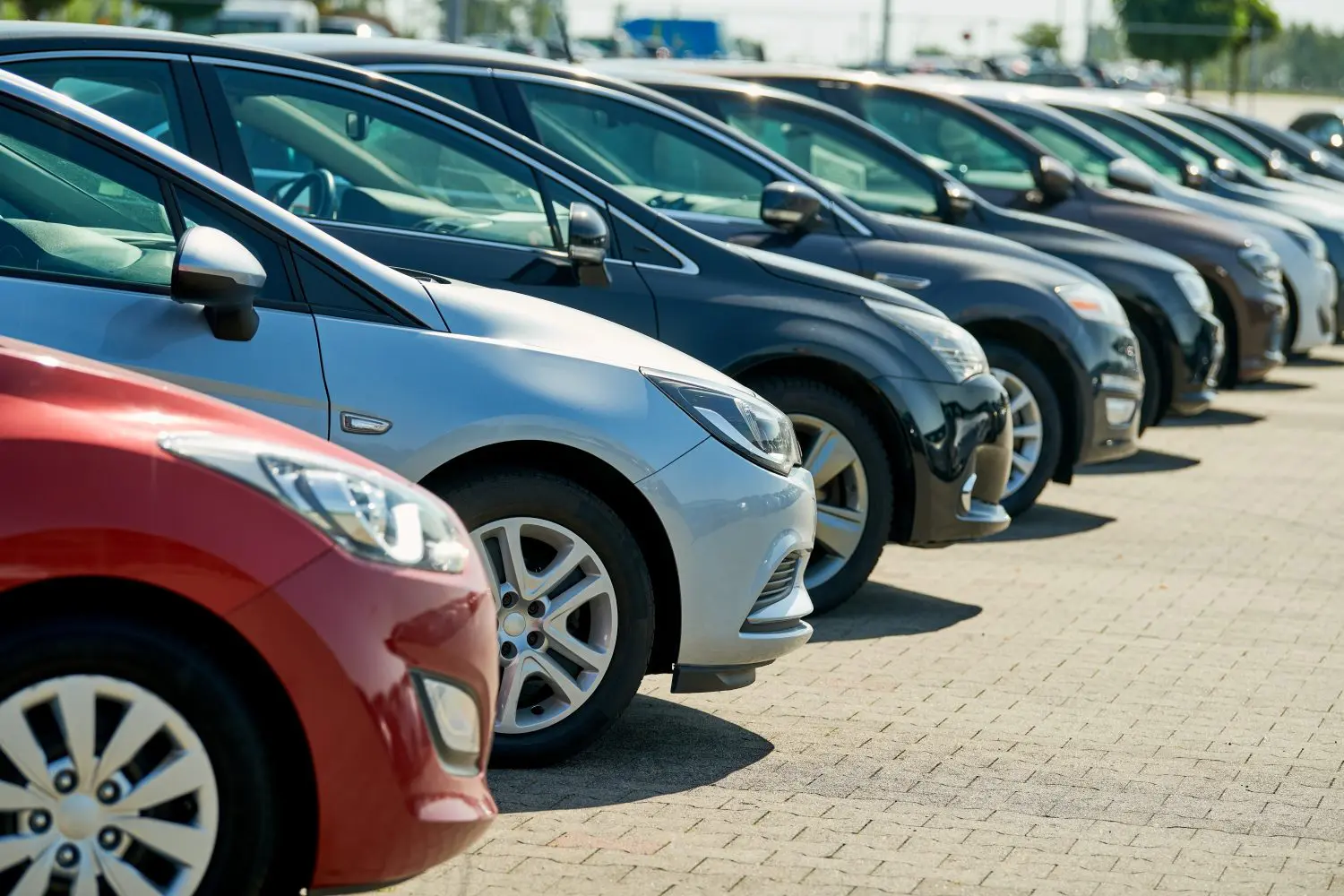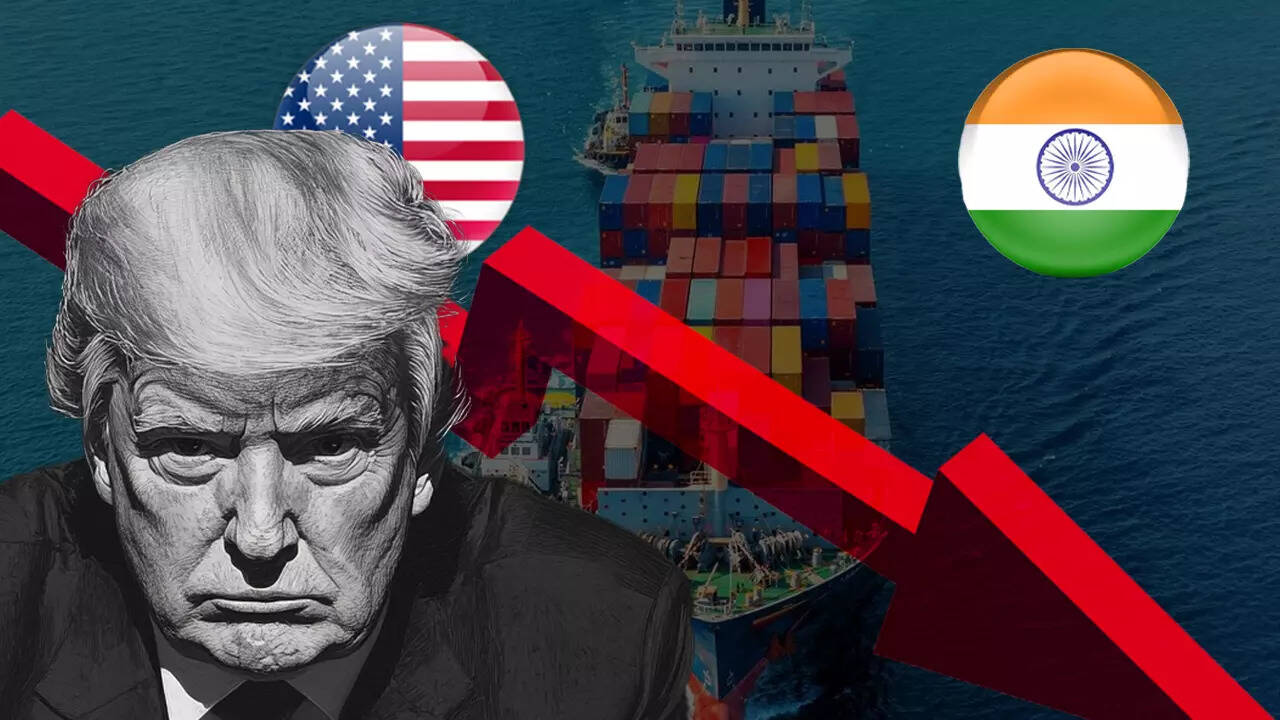shipping, companies must
leverage technology, optimize logistics, and rethink traditional delivery models to remain competitive. This article explores
key last-mile challenges and innovative strategies to improve delivery speed and efficiency.
Key Challenges in Last-Mile Delivery
1. High Costs
- Last-mile delivery accounts for 53% of total shipping costs due to fuel, labor, and inefficiencies.
- Failed deliveries and return shipments increase operational expenses.
2. Traffic Congestion & Route Inefficiencies
- Urban areas experience significant delivery delays due to traffic bottlenecks.
- Poor route planning leads to longer delivery times and higher fuel consumption.
3. Customer Expectations & Demands
- Consumers expect real-time tracking, faster deliveries, and flexible options (same-day, next-day, scheduled).
- Missed delivery windows negatively impact brand reputation.
4. Failed & Missed Deliveries
- Up to 5% of deliveries fail due to incorrect addresses or customer unavailability.
- Failed deliveries result in added logistics costs and customer dissatisfaction.
5. Sustainability Concerns
- The increase in last-mile deliveries leads to higher carbon emissions from vehicles.
- Companies must find eco-friendly delivery alternatives.
Strategies to Improve Last-Mile Delivery Speed & Efficiency
1. Route Optimization with AI & Machine Learning
- Use AI-powered logistics platforms (e.g., UPS ORION, Amazon Route Planner) to analyze traffic patterns, weather, and real-time road conditions.
- Dynamic route adjustments help minimize delivery times and fuel costs.
2. Micro-Fulfillment Centers & Dark Stores
- Setting up small distribution hubs in urban areas allows companies to store fast-moving products closer to customers.
- Retailers like Walmart and Target use micro-fulfillment centers to enable same-day or two-hour delivery.
3. Crowdsourced & Gig Economy Delivery Models
- Partnering with gig drivers (Uber Eats, DoorDash, Postmates, etc.) helps businesses expand last-mile capabilities without increasing fleet costs.
- This model provides flexibility during peak demand periods.
4. Smart Lockers & Pickup Points
- Amazon Lockers, Walmart Pickup Towers, and 7-Eleven Parcel Lockers reduce the need for home deliveries.
- Customers can retrieve orders at their convenience, reducing failed deliveries.
5. Autonomous Delivery Vehicles & Drones
- Companies like FedEx and Starship Technologies are testing autonomous delivery robots for short-distance deliveries.
- Amazon's Prime Air drones aim to deliver packages within 30 minutes.
6. Electric & Sustainable Delivery Vehicles
- Electric vans and bikes (DHL, UPS, Tesla, Rivian) help lower carbon footprints and reduce fuel costs.
- Some cities have cargo e-bike delivery lanes to improve urban deliveries.
7. Real-Time Tracking & Customer Engagement
- Providing live tracking updates, delivery ETAs, and direct communication improves customer experience.
- Brands like Domino’s and DHL use GPS-based tracking to enhance delivery transparency.
8. Data Analytics & Predictive Demand Forecasting
- AI-driven demand prediction helps companies allocate resources efficiently during high-order periods.
- Retailers analyze purchasing trends to pre-stock inventory at local hubs for faster fulfillment.
Case Studies: Companies Excelling in Last-Mile Delivery
1. Amazon’s One-Day Delivery Model
- Amazon strategically positions 150+ fulfillment centers across the U.S. to reduce delivery times.
- Their Prime Now service offers two-hour delivery in major cities by using micro-fulfillment hubs and AI-based routing.
2. FedEx & UPS Smart Routing Systems
- UPS’s ORION AI system saves 100 million miles per year by optimizing driver routes.
- FedEx integrates real-time GPS tracking to reduce delivery delays.
3. Walmart’s Drone & Gig Delivery Expansion
- Walmart partners with DroneUp and Uber Eats for ultra-fast deliveries in select cities.
- Their in-store fulfillment model allows shoppers to receive deliveries in less than two hours.
Conclusion
The last-mile delivery challenge is a critical battleground for businesses aiming to enhance customer experience, reduce costs, and boost sustainability. By leveraging AI-driven logistics, micro-fulfillment centers, alternative delivery models, and green transportation, companies can stay ahead in the fast-paced e-commerce landscape.
As consumer demands continue to rise, brands that invest in last-mile innovation and agility will be the ones to win customer loyalty and maintain operational excellence.
.png)
.png)
